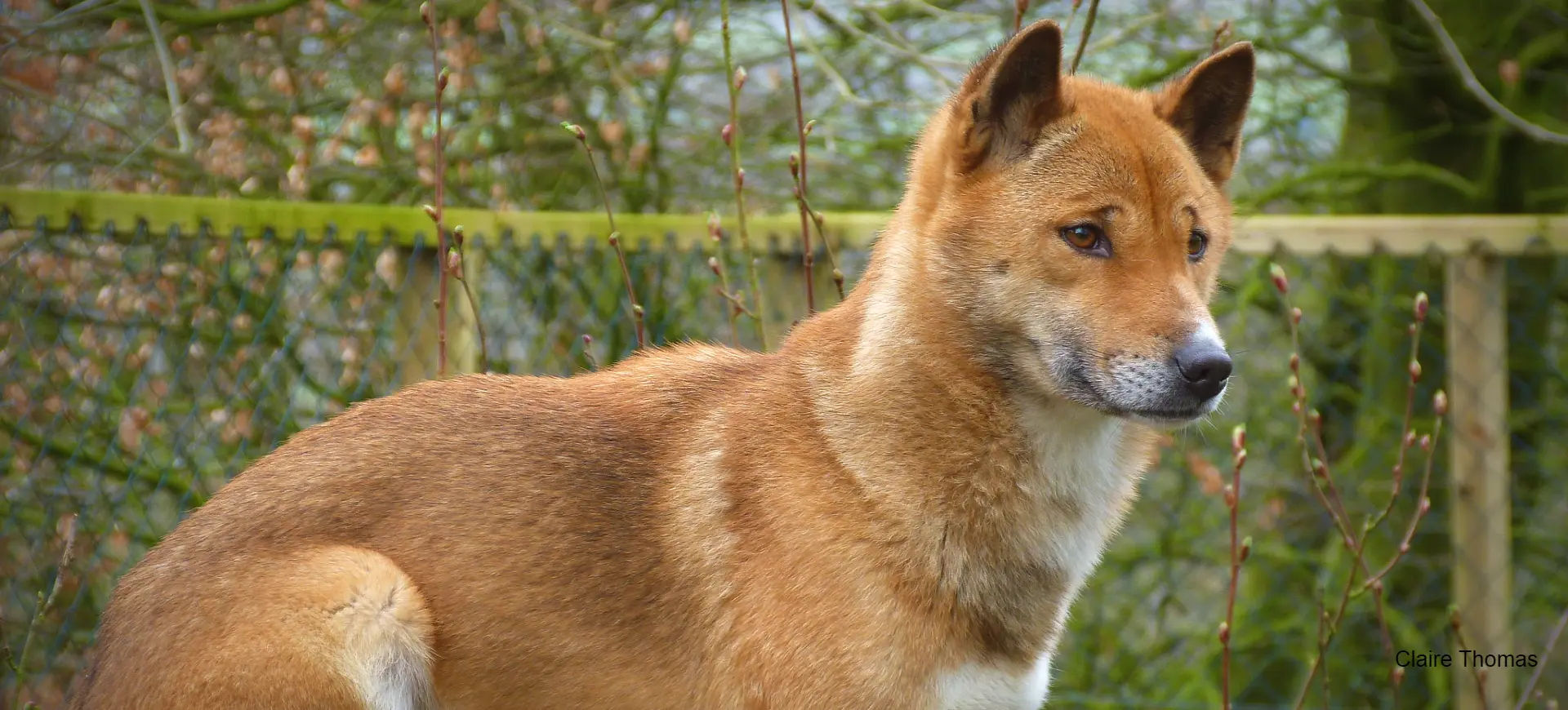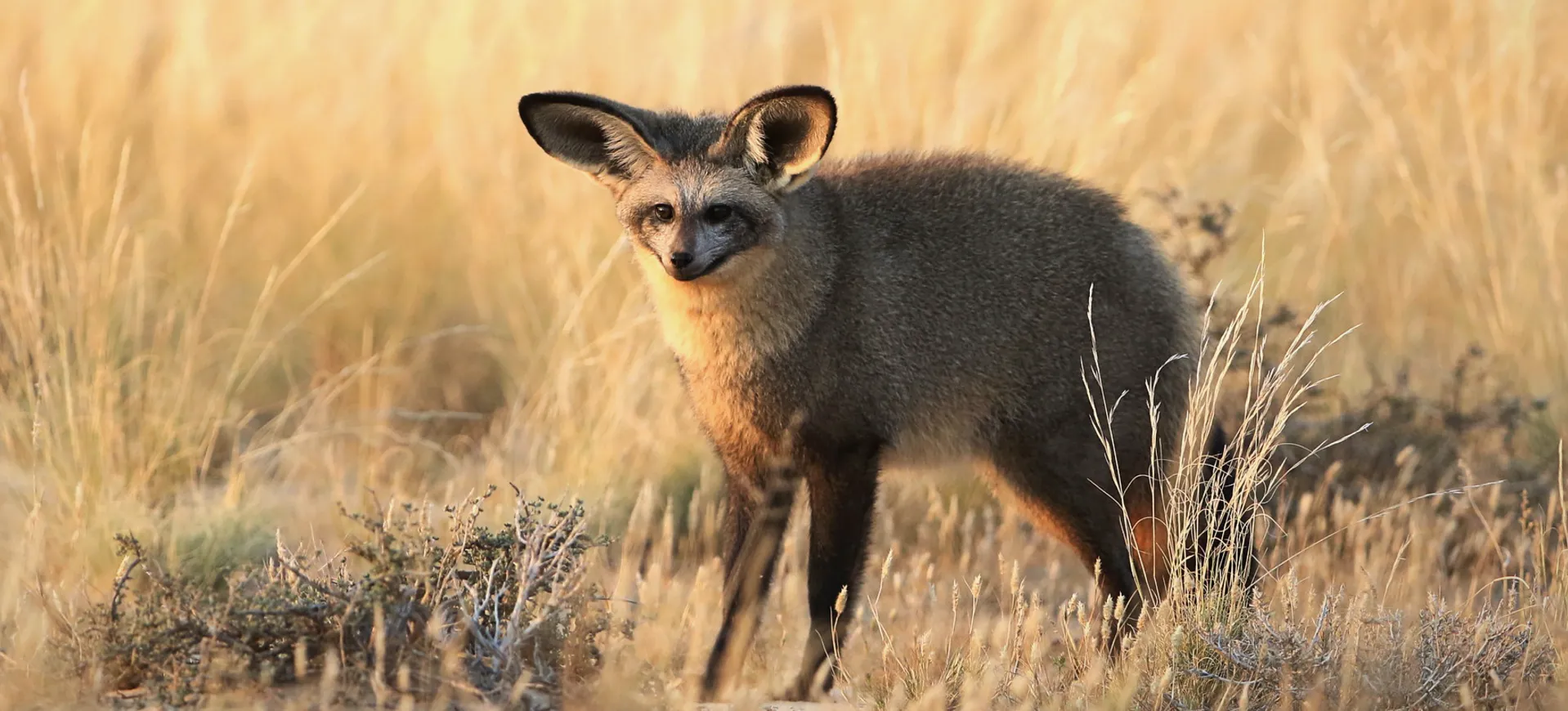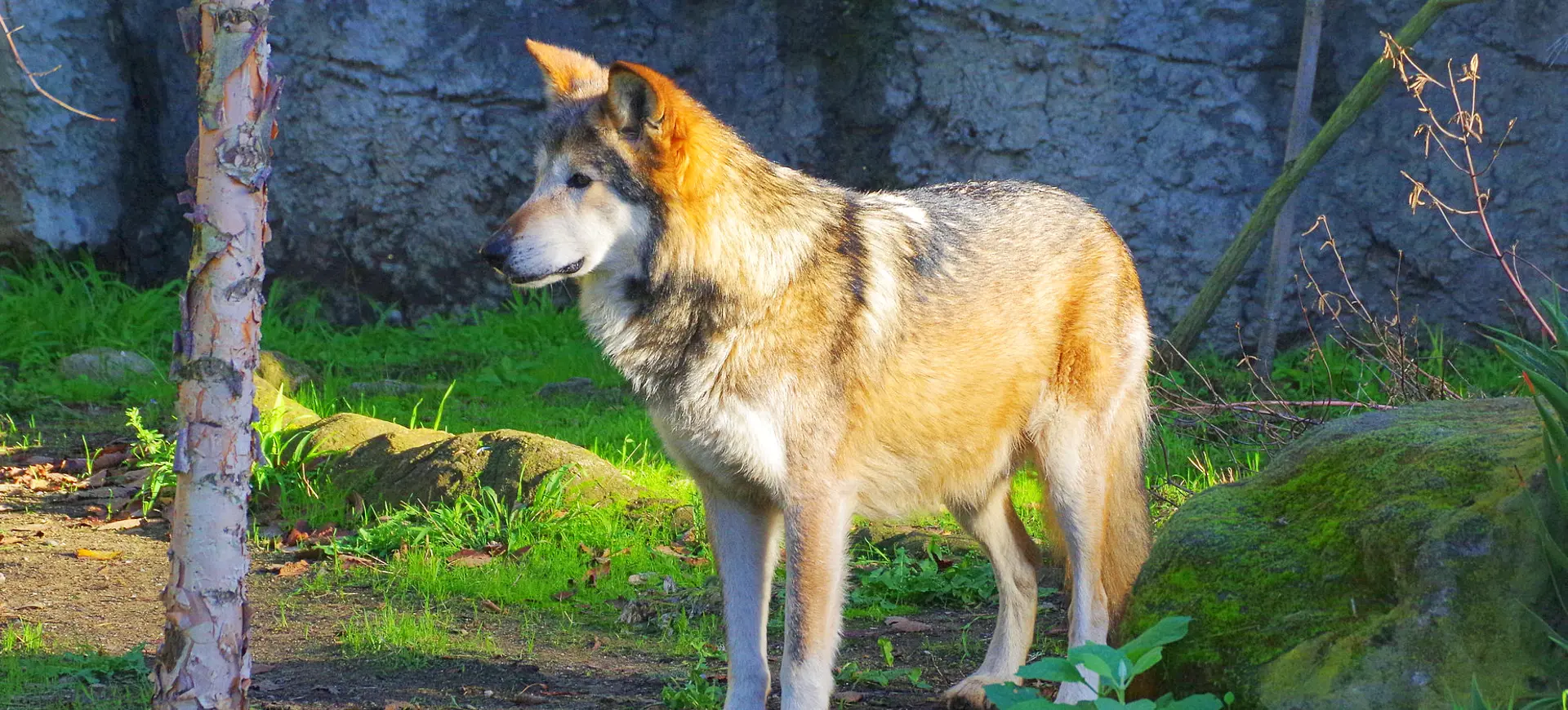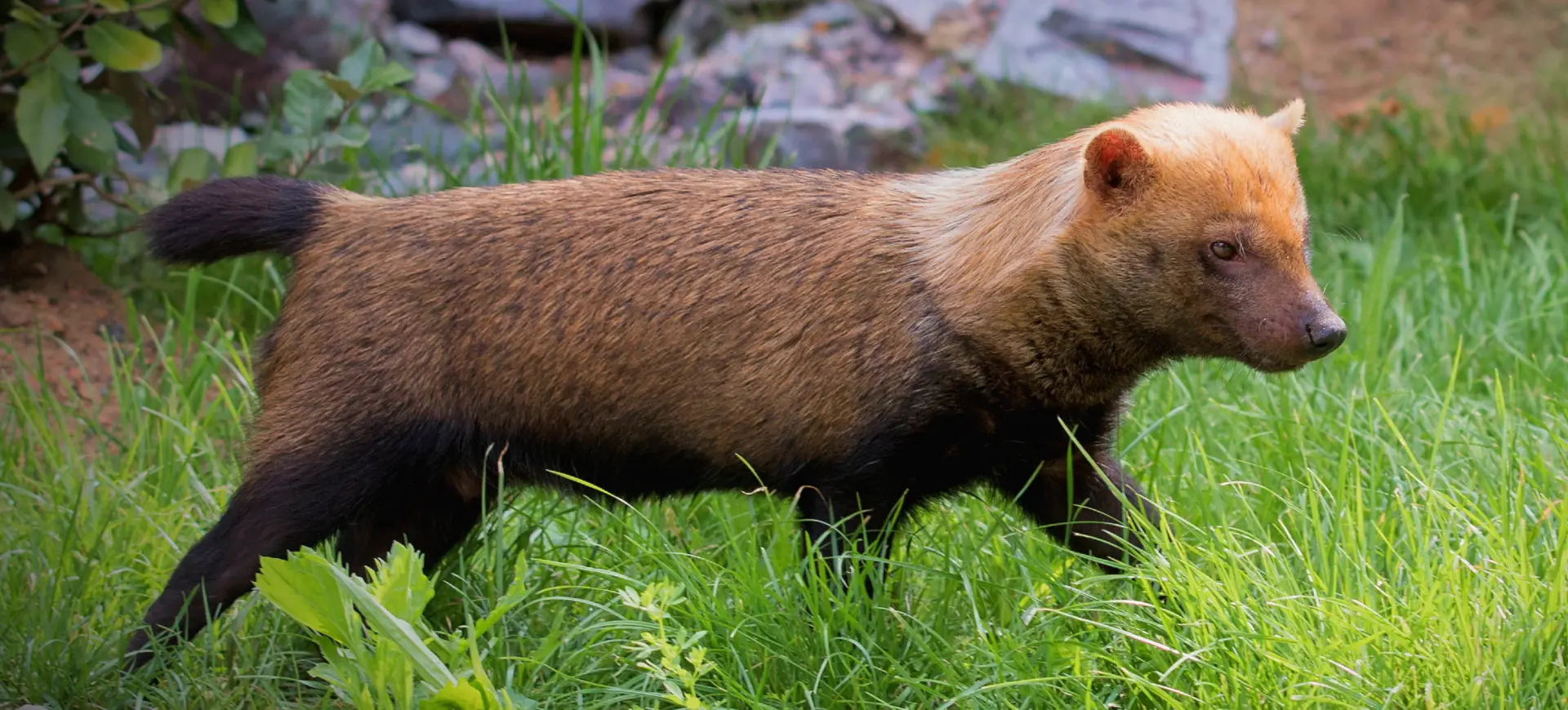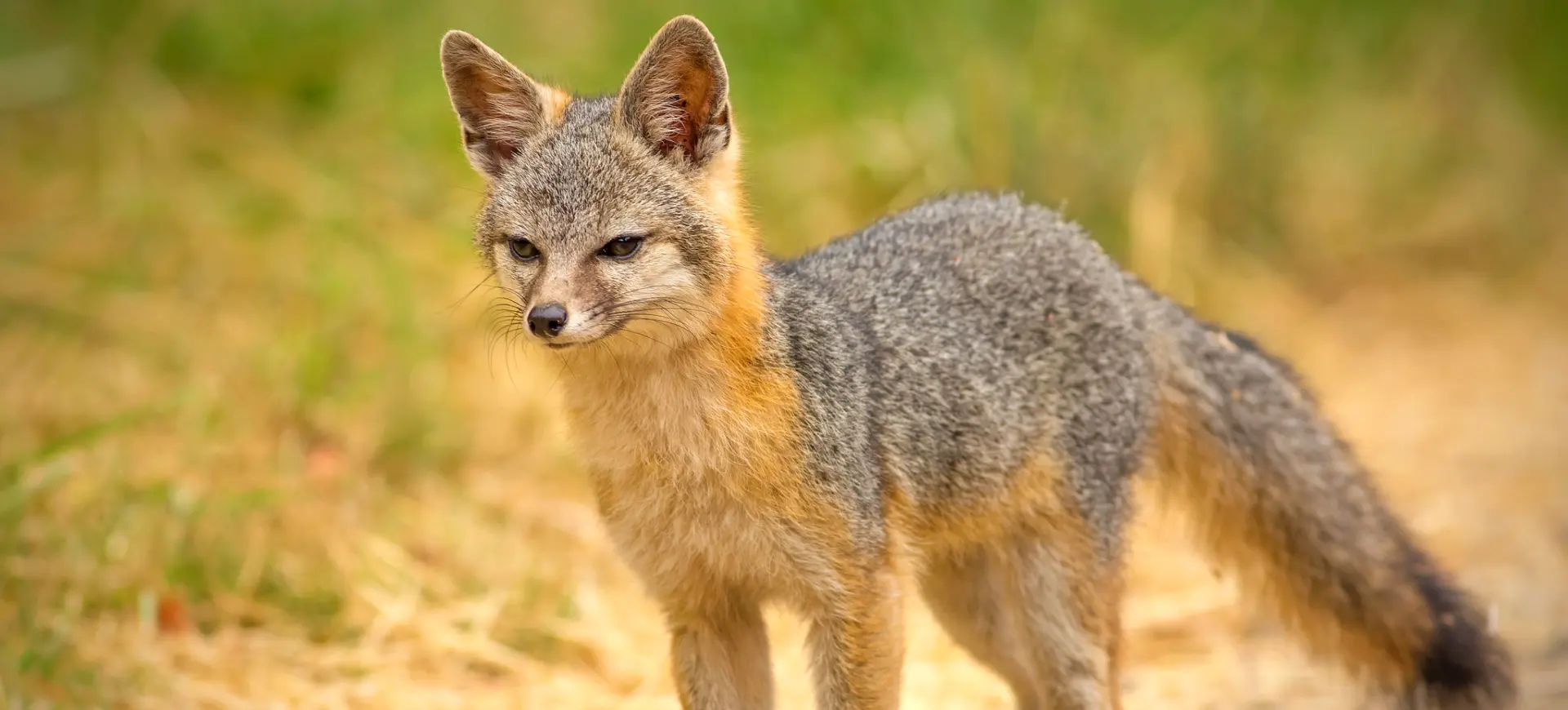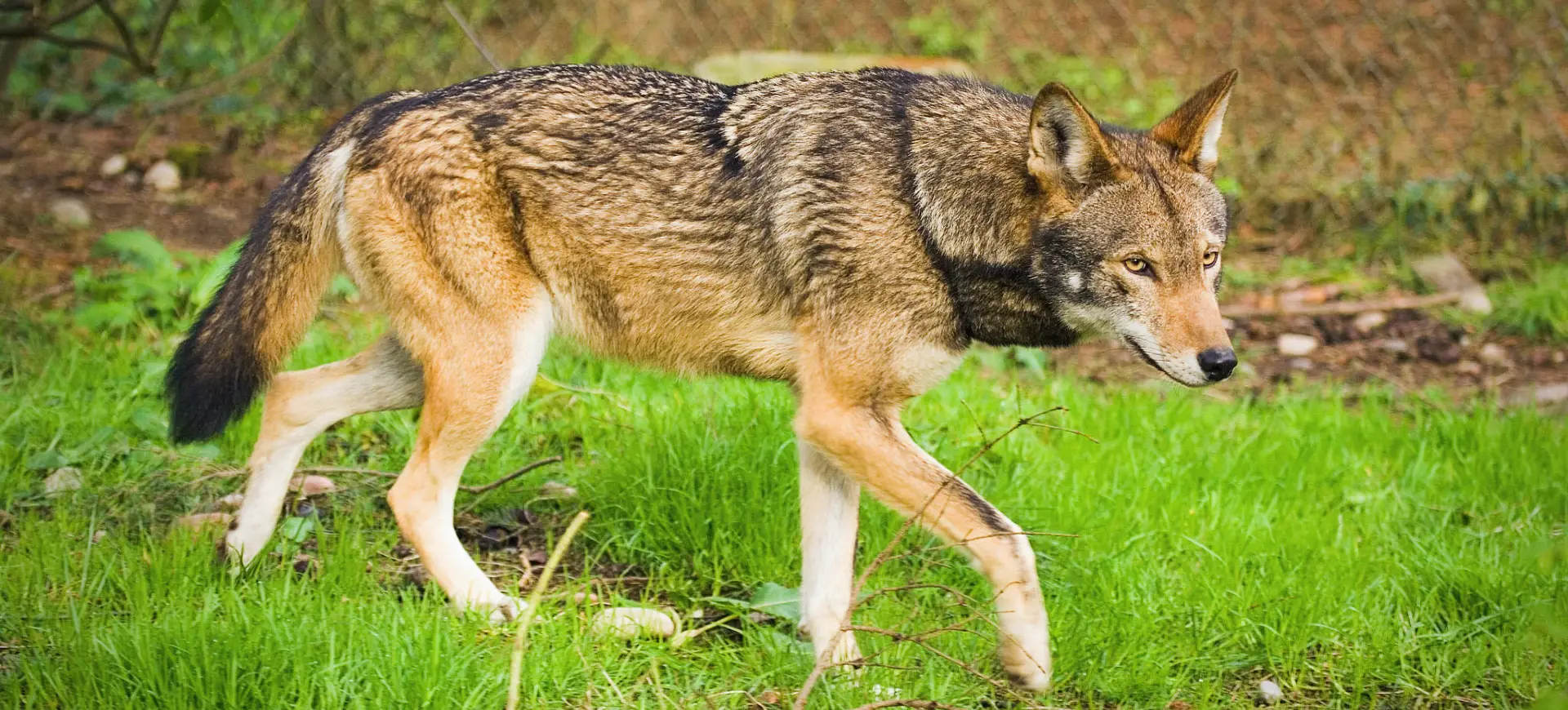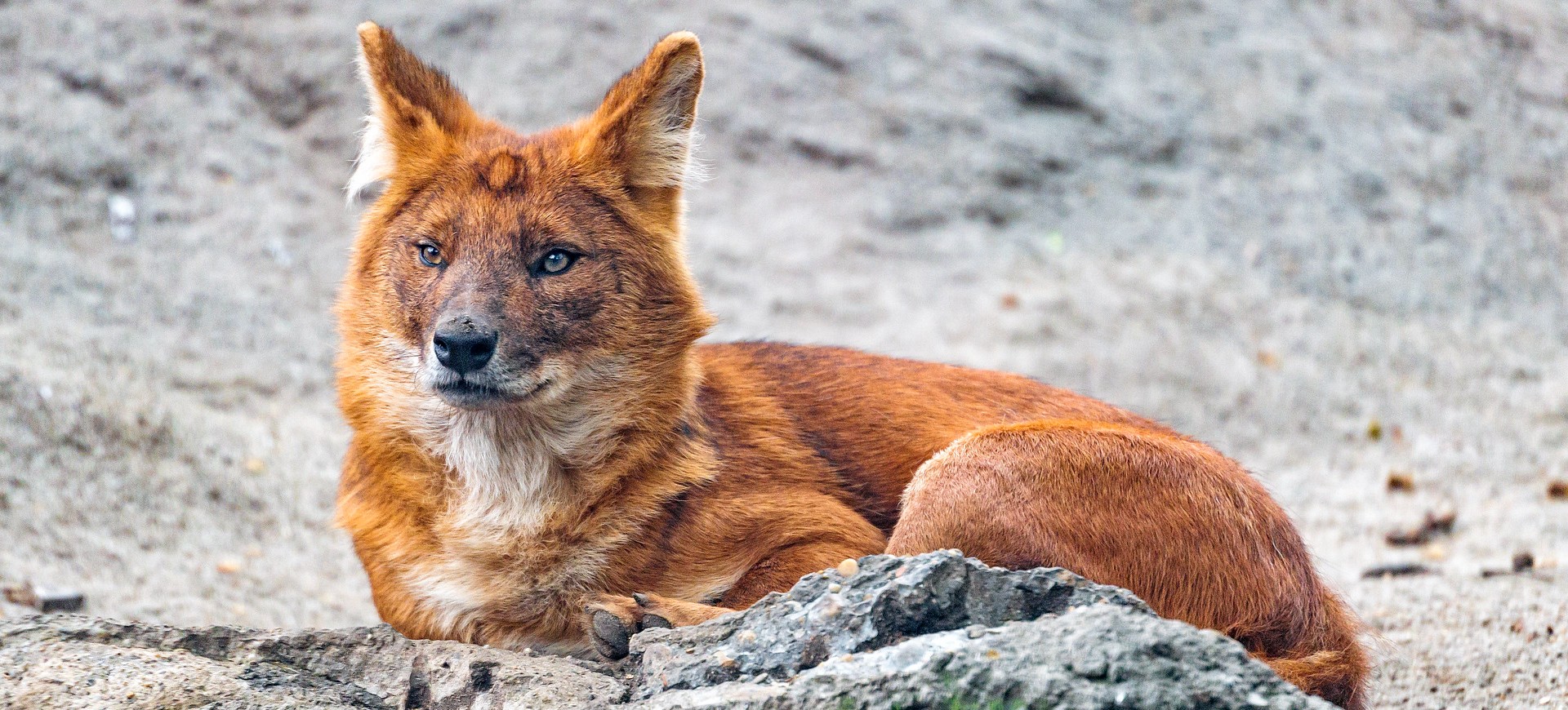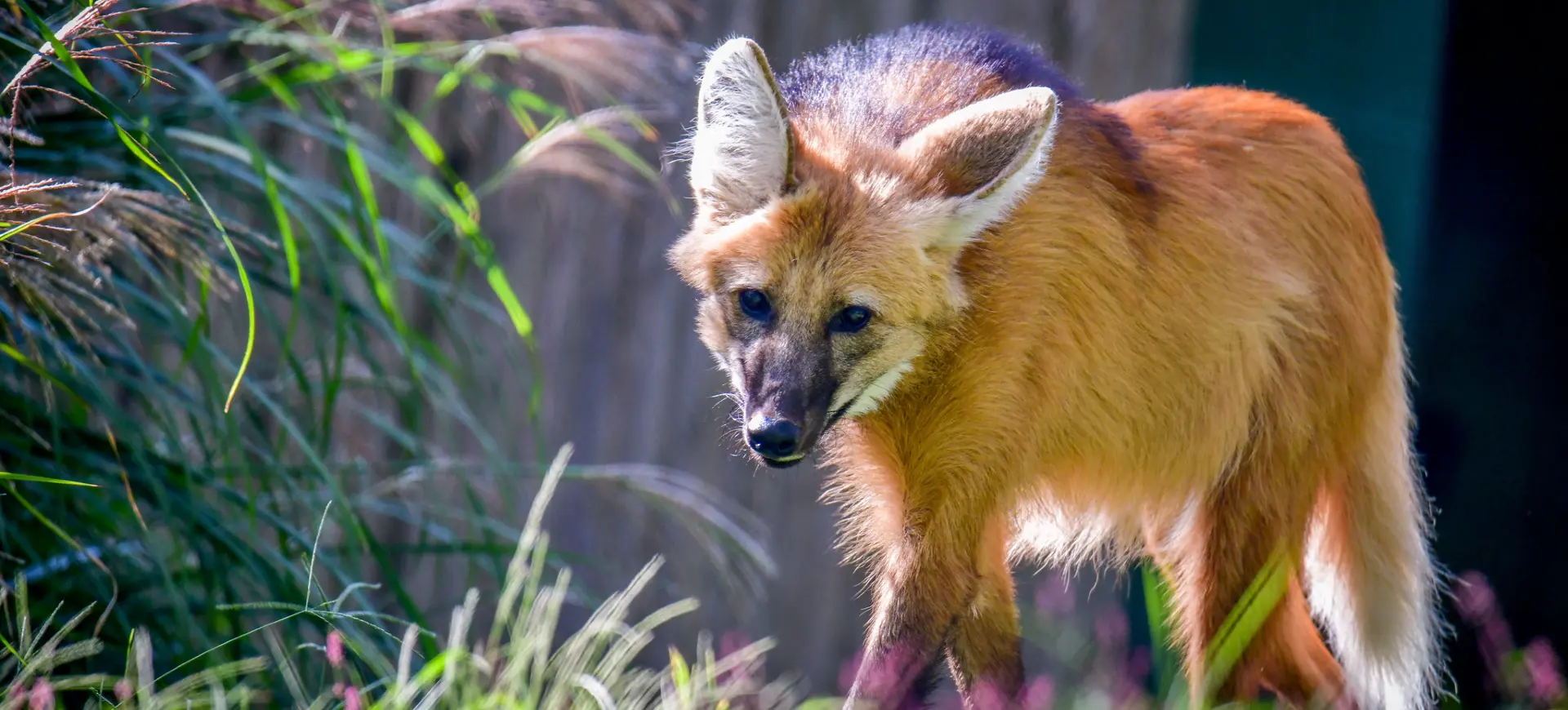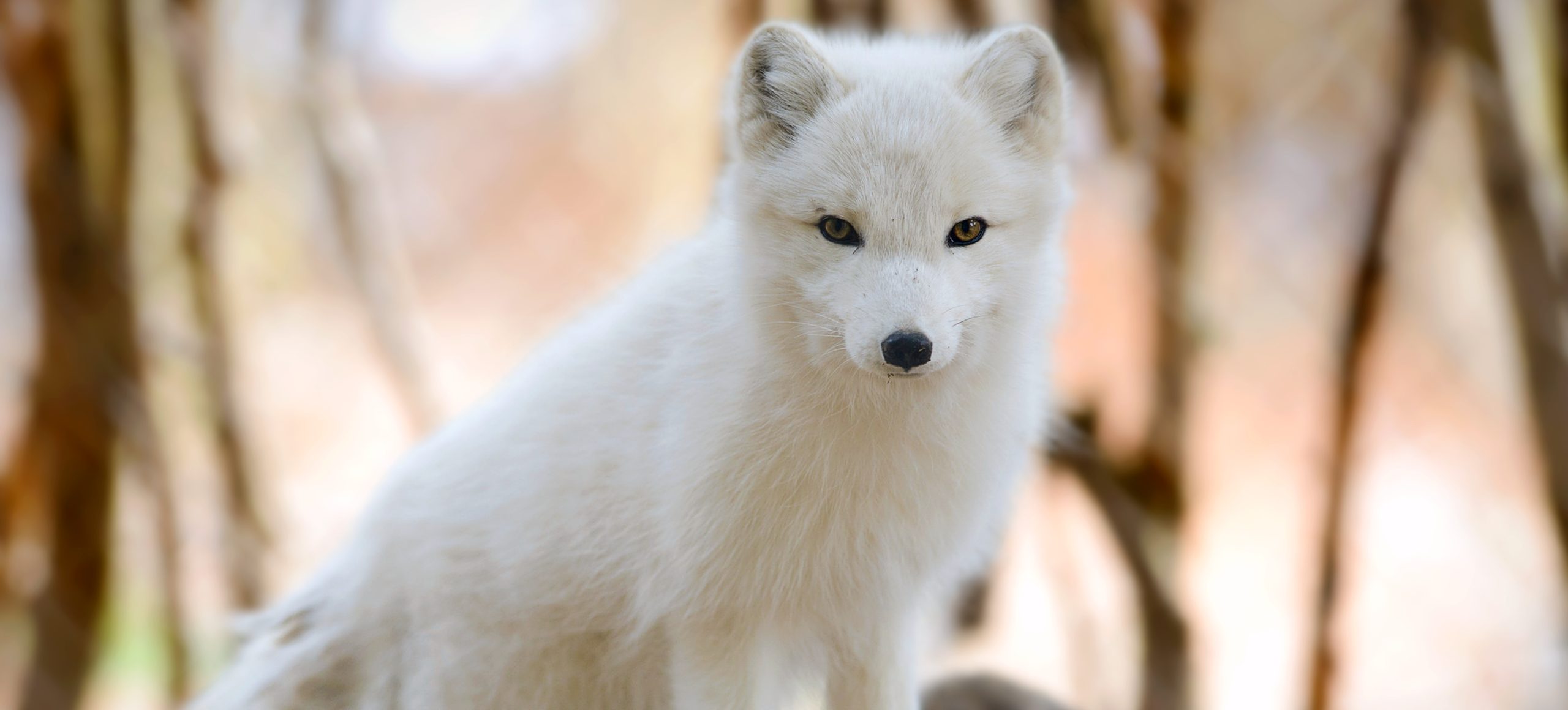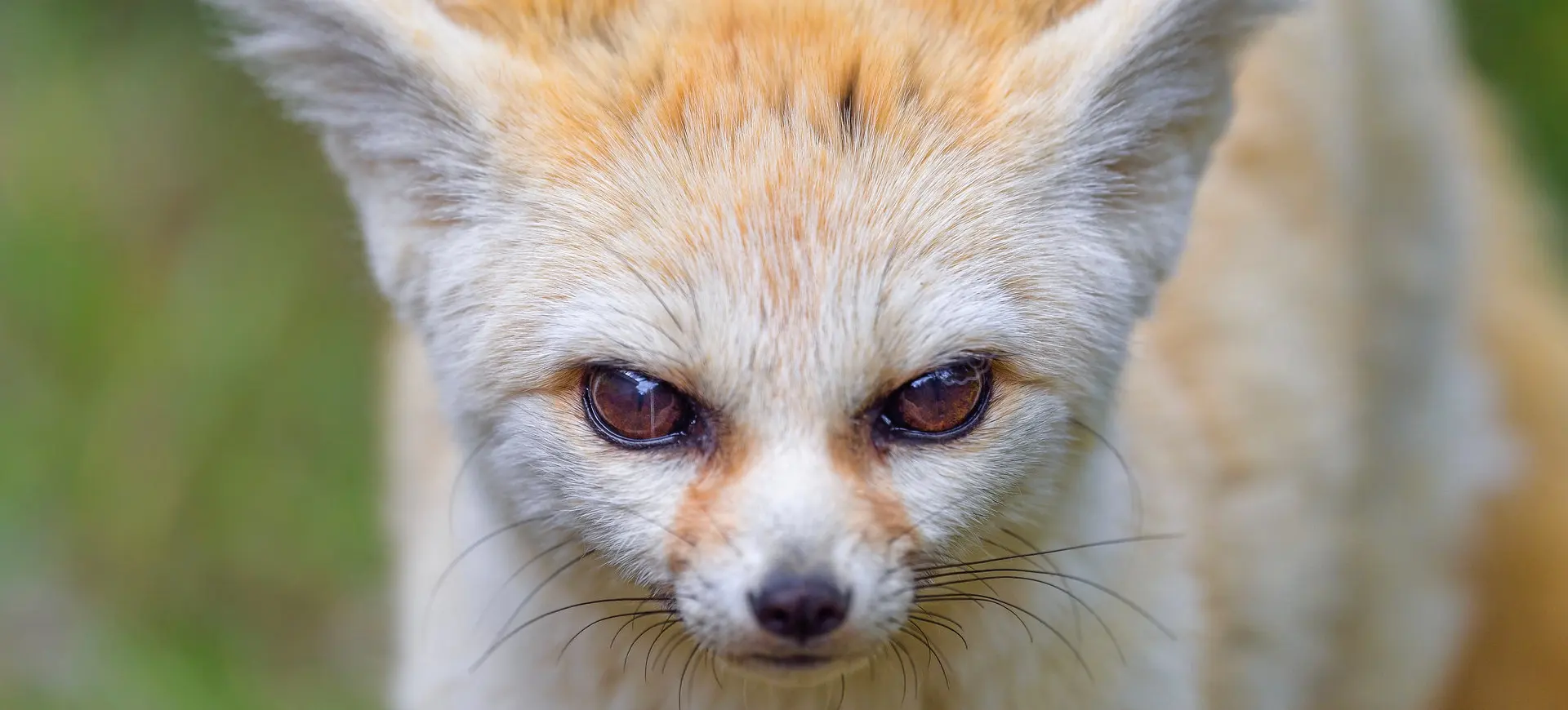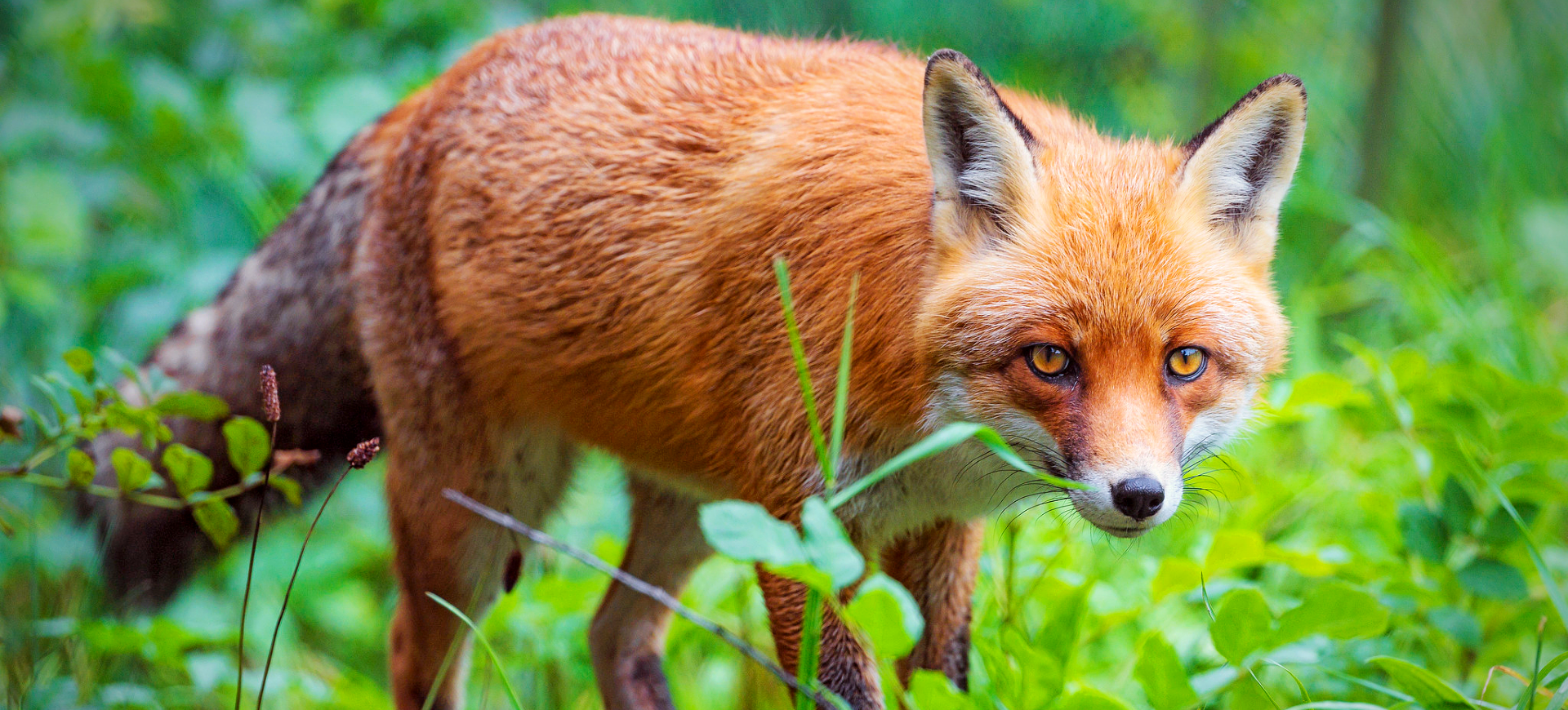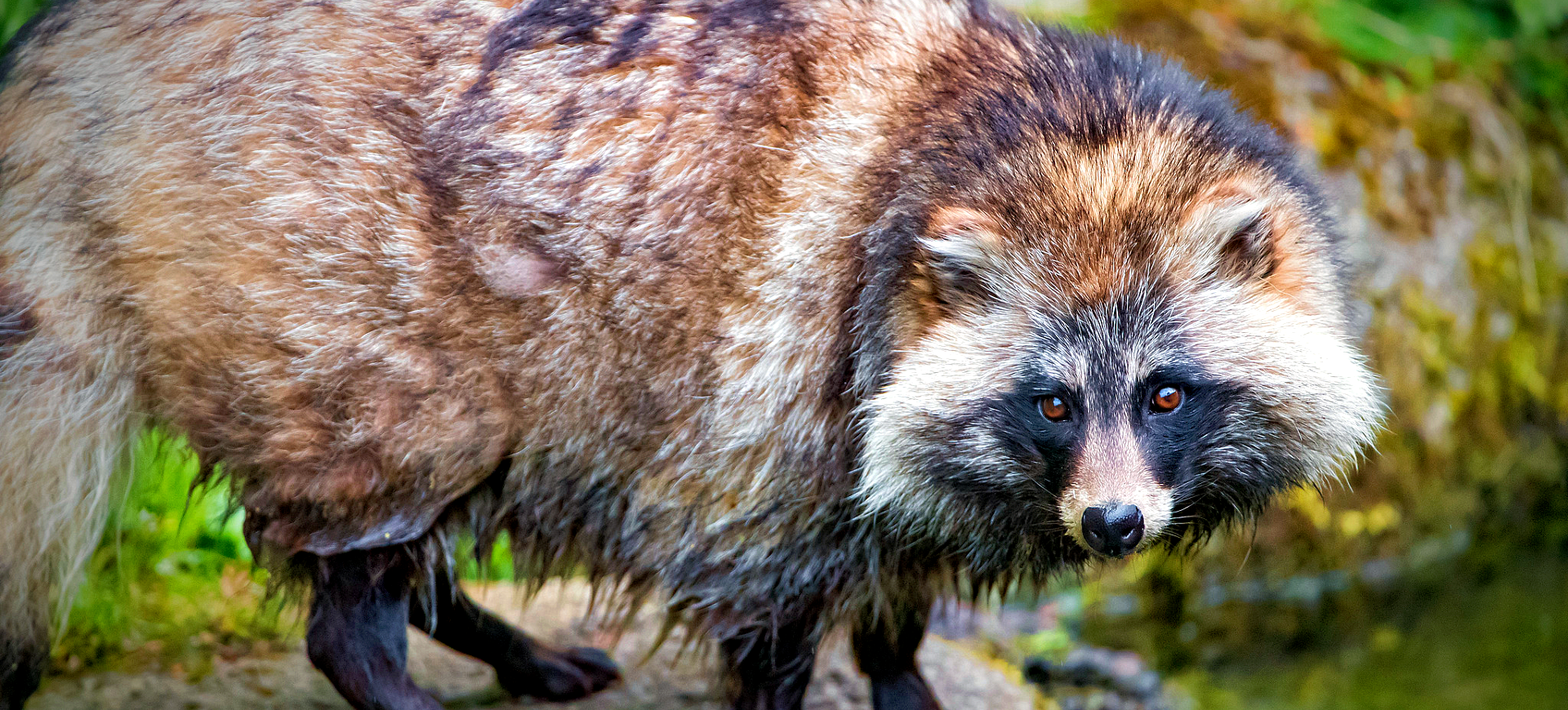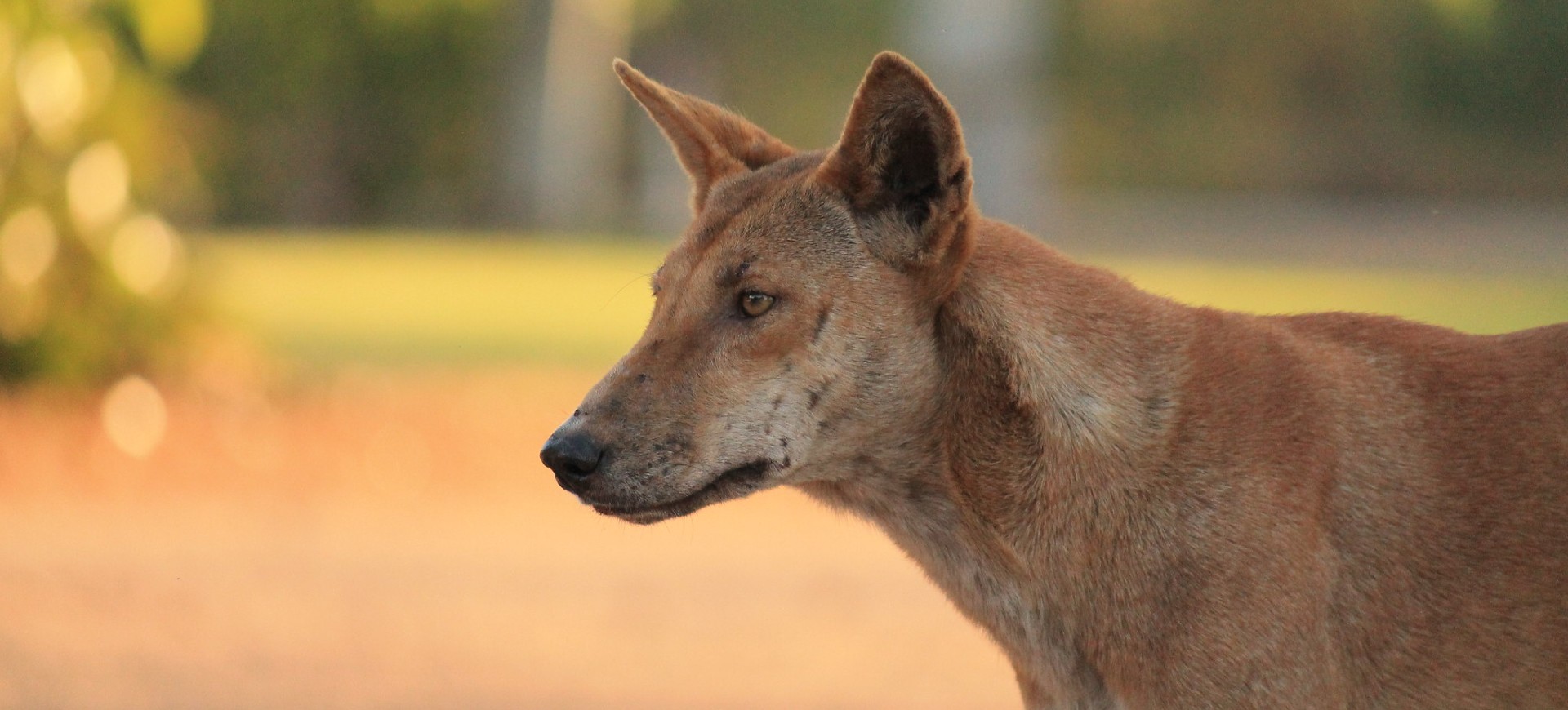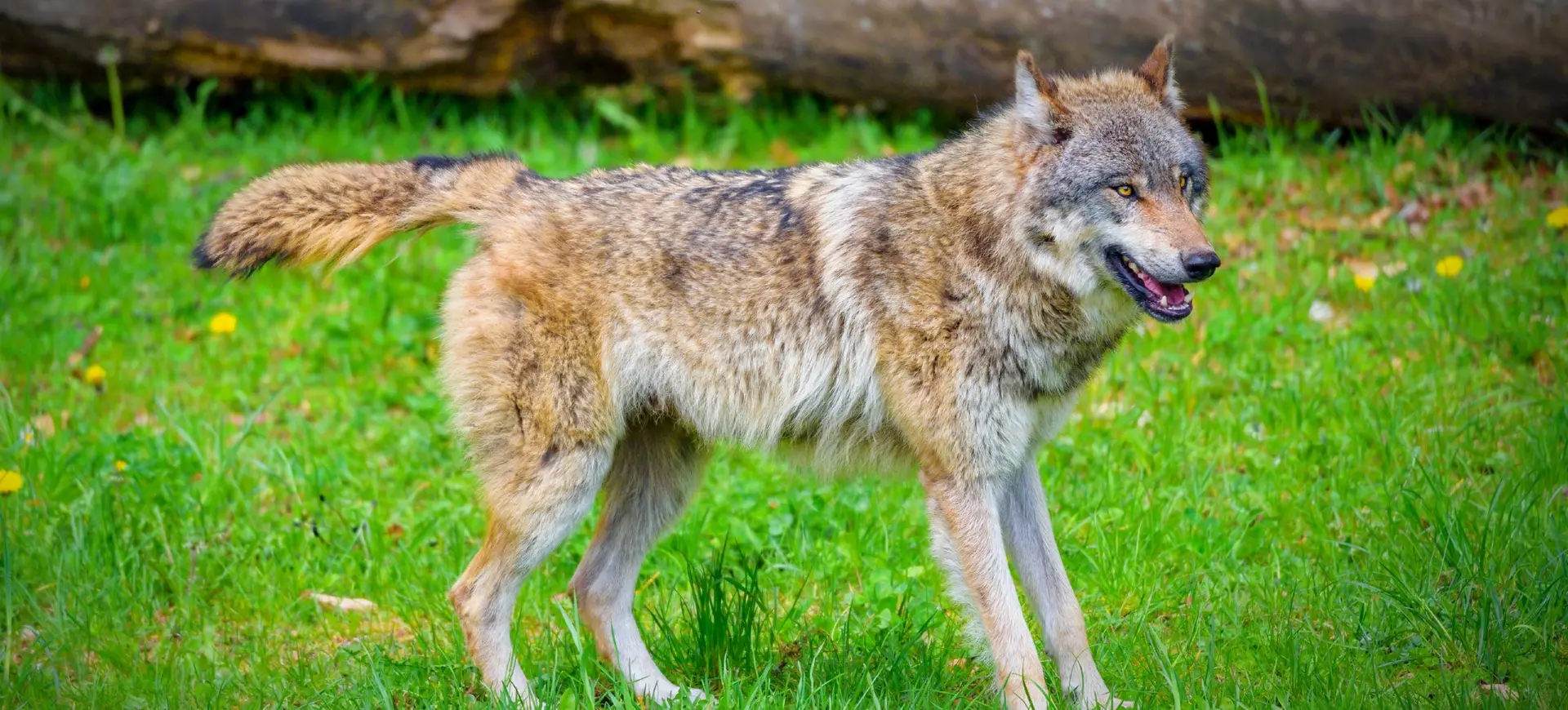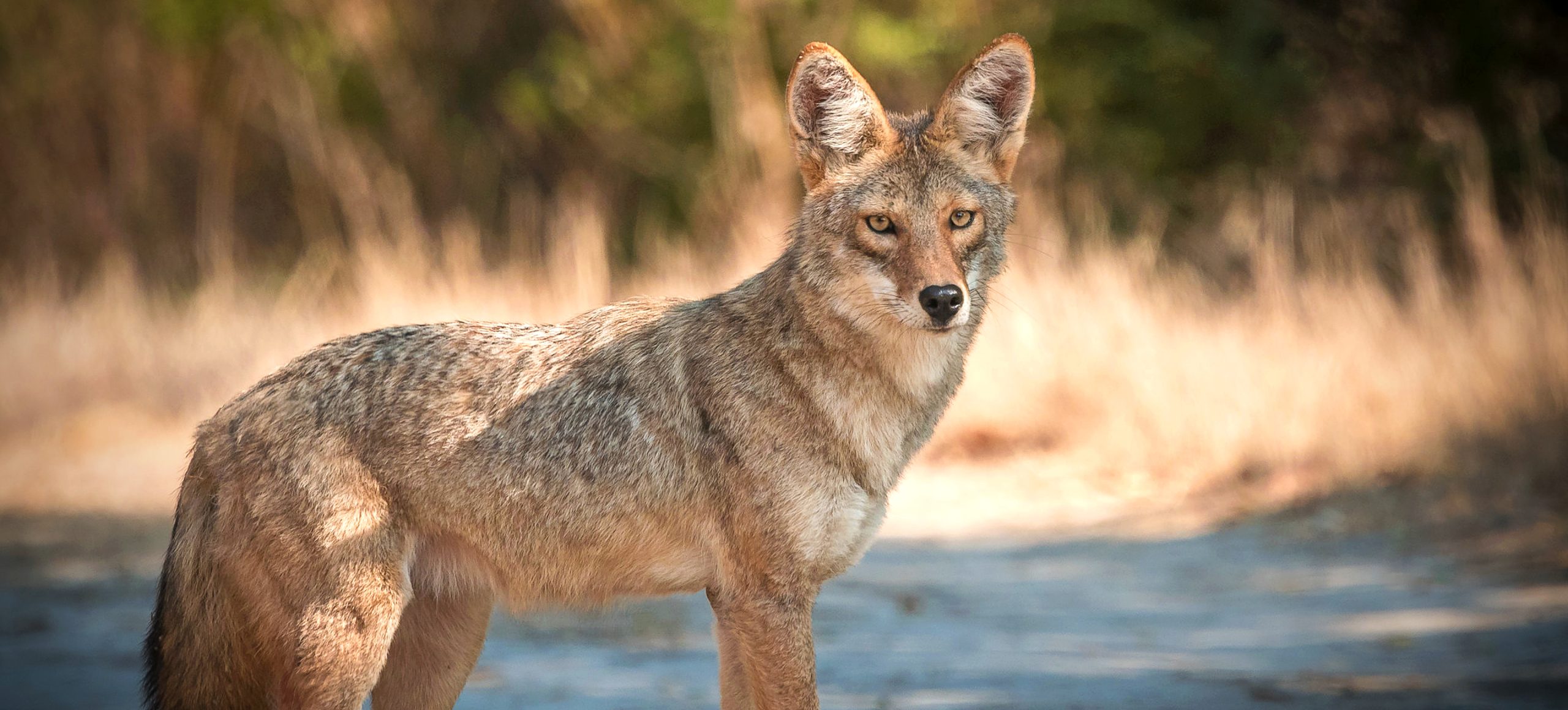Overview
The Swift Fox is a small canid species native to the Great Plains region of North America. It is one of the smallest fox species, weighing 4 to 6 pounds and measuring about a foot in height. The Swift Fox is aptly named for its speed, capable of running up to 30 miles per hour to escape predators or catch prey.
This fox species is primarily nocturnal, spending the daytime in caves to avoid the heat and predators. It feeds on various foods, including small mammals, insects, and plants. The Swift Fox plays a crucial role in its ecosystem by controlling rodent populations and serving as prey for larger predators.
The Swift Fox faces several threats, including habitat loss due to agriculture and human development. It is currently listed as a species of “Least Concern” by the IUCN, but localized populations may be at risk. Conservation efforts are underway to protect this unique species and its habitat.
Physical Description:
The Swift Fox has a slender body covered in a coat that ranges from tan to dark gray. It has large ears relative to its body size, which help it dissipate heat and have acute hearing. Its bushy tail is often tipped with white or black and serves as a signaling mechanism and a balance aid during high-speed chases.
Sexual dimorphism is not pronounced in this species, although males are generally slightly larger than females. The Swift Fox has a pointed snout and dark patches on either side of its nose. Its physical adaptations, including its lightweight build and keen senses, make it well-suited for a life of speed and agility.

Lifespan: Wild: ~6 years || Captivity: ~14 years

Weight: Male: 5–6 lbs (2.3–2.7 kg) || Female: 4–5 lbs (1.8–2.3 kg)

Length: Male: 31–33 inches (79–84 cm) || Female: 29–31 inches (74–79 cm)

Height: Male: 11–12 inches (28–30 cm) || Female: 10–11 inches (25–28 cm)

Top Speed: 30 mph (48 km/h)
Characteristic:
Native Habitat:
The Swift Fox is native to the Great Plains of North America, from southern Canada to northern Mexico. It prefers open grasslands and prairies, which can easily spot predators and prey. The fox constructs burrows for shelter, often taking over abandoned burrows of other animals.
The species is highly territorial and marks its territory with scent markings. A single fox or a mated pair will occupy a home range that can vary in size depending on the availability of food and shelter. The Swift Fox avoids forested areas and is most commonly found in flat or gently rolling terrain.
Biomes:
Biogeographical Realms:
Continents:
Countries:
Diet:
Diet & Feeding Habits:
The Swift Fox is an opportunistic omnivore, feeding on various foods depending on availability. It primarily consumes small mammals like rabbits and rodents, including insects, fruits, and vegetables. The fox uses its keen senses of smell and hearing to locate prey.
Foraging primarily occurs at night, although it may venture out during the day if food is scarce. The Swift Fox has a high metabolic rate and needs to eat frequently. It often caches food in multiple locations to ensure a steady food supply, especially during winter when food is less abundant.
Mating Behavior:
Mating Description:
The Swift Fox has a monogamous mating system, and pairs usually form in December or January. The courtship involves vocalizations, scent marking, and mutual grooming. Mating occurs between late December and February, with both males and females participating in the rearing of the young.
After a gestation period of approximately 50–60 days, the female gives birth to a litter of 4–5 pups. The young are born blind and helpless, requiring intensive parental care. They are weaned at around six weeks and venture out of the den shortly after that. By three months, they are fully independent and may disperse to establish their territories.
Reproduction Season:
Birth Type:
Pregnancy Duration:
Female Name:
Male Name:
Baby Name:
Social Structure Description:
The Swift Fox is a solitary animal but may form monogamous pairs during the mating season. It is highly territorial and marks its territory with scent markings to ward off intruders. The fox communicates with vocalizations, body language, and scent markings, and it has a complex social structure that includes hierarchies based on age and sex.
While generally avoiding other canid species like coyotes, the Swift Fox may share its habitat with other small mammals and birds. It has a flexible social structure allows it to adapt to varying environmental conditions, including changes in food availability and predator pressures.
Groups:
Conservation Status:
Population Trend:
The Swift Fox is currently listed as “Least Concern” by the IUCN, but this status can be misleading as localized populations may be at risk. The species has lost a significant portion of its original habitat due to agricultural expansion and human development. However, it remains relatively abundant in protected areas and reserves.
Conservation efforts are ongoing to protect this unique species and its habitat. These include habitat restoration, monitoring of populations, and research to better understand its ecology and behavior. Despite these efforts, the species still faces threats from habitat fragmentation, vehicular collisions, and predation.
Population Threats:
The primary threats to the Swift Fox include habitat loss due to agricultural expansion and human development. The species is also at risk from vehicular collisions, as it often crosses roads searching for food or mates. Additionally, the Swift Fox faces predation from larger carnivores like coyotes.
Climate change poses an emerging threat to the Swift Fox, as alterations in temperature and precipitation patterns could impact its food supply and habitat. Pesticide use in agricultural areas also poses a risk, as it can reduce the availability of insect prey and contaminate water sources.
Conservation Efforts:
Swift Fox’s conservation efforts focus on habitat restoration and establishing wildlife corridors to connect fragmented populations. Several reserves have been established to protect its natural habitat, and ongoing monitoring is conducted to assess the health of populations.
Research is also being conducted to better understand the species’ ecology, behavior, and needs. Public awareness campaigns are being run to educate people about the importance of conserving this unique species and its habitat. These efforts are crucial for ensuring the long-term survival of the Swift Fox.
Additional Resources:
Fun Facts
- The Swift Fox can run at speeds of up to 30 mph.
- It is one of the smallest fox species in North America.
- The Swift Fox is an opportunistic omnivore, eating many foods.
- It uses its large ears to dissipate heat and locate prey.
- The species is primarily nocturnal, hunting and foraging under darkness.
- The Swift Fox often takes over abandoned burrows of other animals.
- It has a high metabolic rate and needs to eat frequently.
- The species is monogamous, with both parents participating in rearing the young.
- The Swift Fox is highly territorial and uses scent markings to establish boundaries.
- Despite its small size, the Swift Fox plays a crucial role in its ecosystem by controlling rodent populations.







